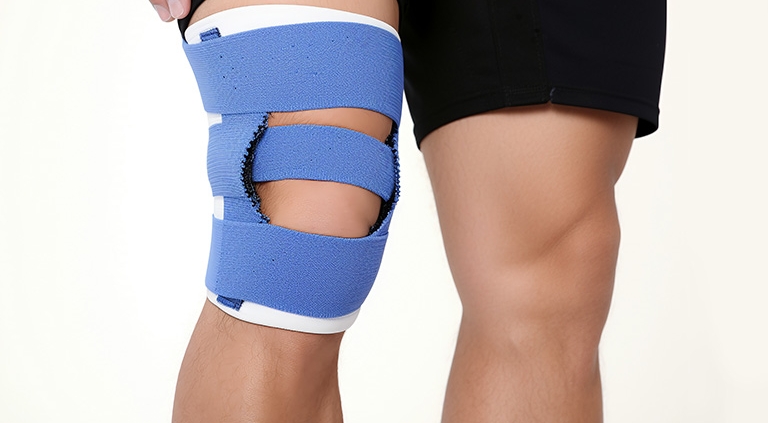With the continuous advancement of technology, thin film pressure sensors, as a novel medical device, are gradually finding applications in the field of rehabilitation medicine. These sensors effectively monitor and record the pressure distribution of patients during movement or walking, providing rehabilitation doctors with more accurate and comprehensive data to assist patients in faster recovery. Below are some advantages of thin film pressure sensors in rehabilitation medicine:https://film-sensor.com/fsr-sensor-2/
- Real-time Monitoring of Rehabilitation Progress: Thin film pressure sensors can monitor the movement and posture changes of patients in real-time during the rehabilitation process. By analyzing pressure data, rehabilitation doctors can understand whether patients’ movement patterns are correct, identify anomalies, and make timely adjustments to the rehabilitation plan to ensure smooth progress.
- Personalized Rehabilitation Program Design: Thin film pressure sensors enable the design of personalized rehabilitation programs based on the specific needs and requirements of patients. By monitoring the pressure distribution of patients, rehabilitation doctors can tailor training plans accordingly, helping patients effectively restore their mobility.
- Enhanced Rehabilitation Efficiency: Thin film pressure sensors assist patients in accurately understanding their movement status and posture, thereby facilitating more effective rehabilitation training. With real-time feedback, patients can promptly adjust their movement posture, reduce the impact of poor movement habits, and improve rehabilitation efficiency.
- Prevention of Sports Injuries: During the rehabilitation process, patients often exhibit incorrect movement postures or poor movement habits, which may lead to sports injuries. Thin film pressure sensors can identify these issues promptly and provide real-time alerts and adjustment suggestions, helping patients prevent sports injuries.
- Promotion of Functional Recovery: By monitoring the pressure distribution of patients during rehabilitation training, thin film pressure sensors enable rehabilitation doctors to better assess the functional recovery of patients. Timely adjustments to the rehabilitation plan and targeted training can promote functional recovery and enhance quality of life for patients.
Overall, thin film pressure sensors hold significant promise and vast potential in the field of rehabilitation medicine. They provide valuable data support for rehabilitation doctors, facilitating faster patient recovery, improving rehabilitation efficiency, preventing sports injuries, and promoting functional recovery. With ongoing technological advancements and expanding applications, thin film pressure sensors are set to become essential auxiliary tools in the field of rehabilitation medicine, offering patients a better rehabilitation experience and higher success rates in recovery.



